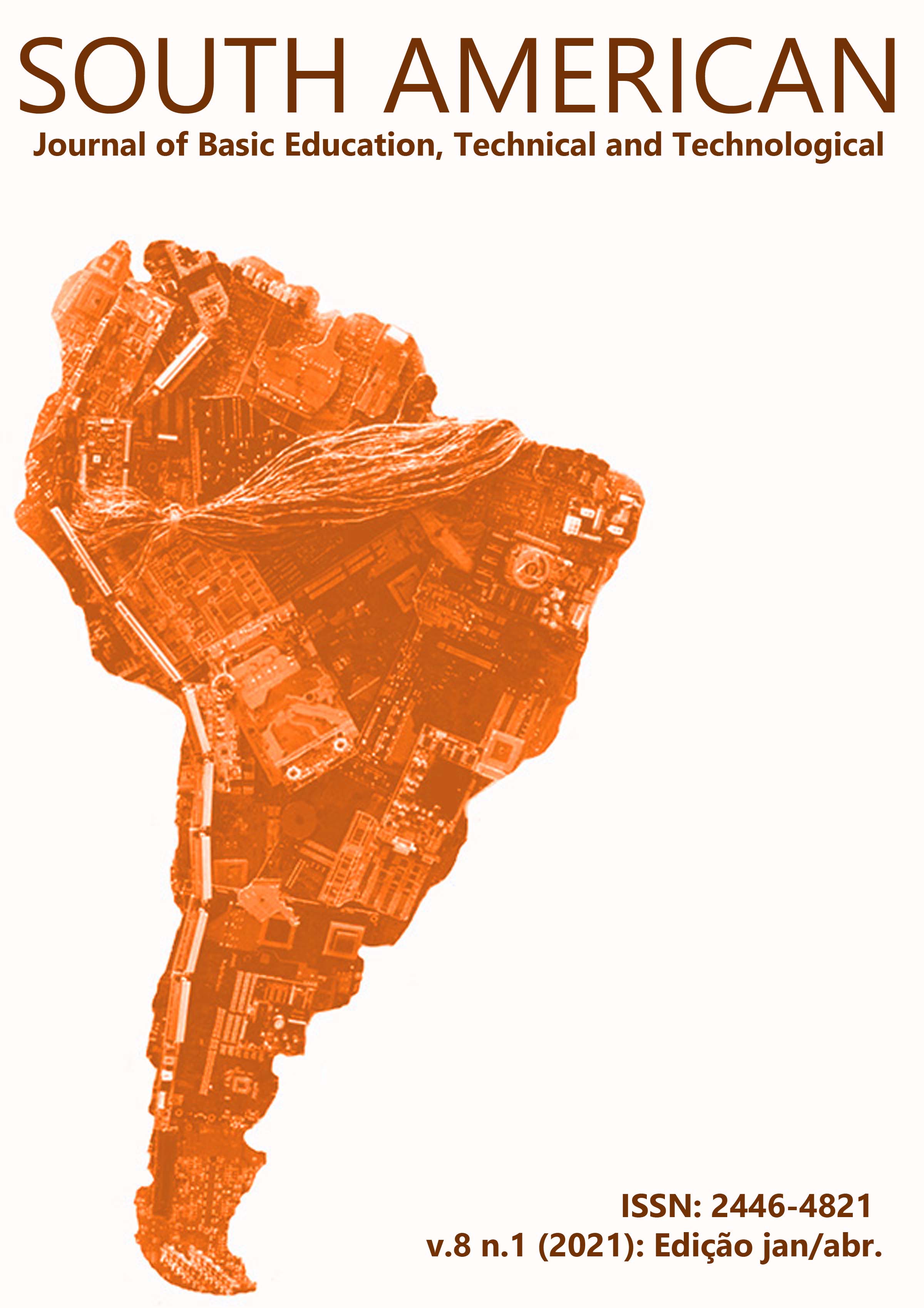RELATIONSHIP BETWEEN DENTAL ABSENCE AND TEMPOROMANDIBULAR JOINT DISORDERS: A CASE-CONTROL STUDY
Abstract
TMJ disorders is a collective term that encompasses a series of clinical problems affecting masticatory muscles, the temporomandibular joint and associated structures. Considering that the scientific data between dental absence and TMJ are inconsistent, the objective of this study was to evaluate the relationship between dental absence and TMJ. We selected 87 patients with absence of at least two lower permanent molars and 18 patients with complete dental arch. All patients were examined based on the RDC/TMJ protocol. The data were analyzed using the SPSS Software, in order to obtain the odds ratio between the cases and control groups. In this approach, there was no risk for the presence of TMJ in patients with absence of molar support or total edentulism (OR=0.291 95% CI). Based on the data, it is concluded that the absence of lower permanent molars and total dental absence are not related to temporomandibular joint or muscle disorders.
Downloads
References
2. LOPES, P.R.R.; CAMPOS, P.S.F.; NASCIMENTO, R.J.M. Dor e inflamação nas disfunções temporomandibulares: revisão de literatura dos últimos quatro anos. Revista de Ciências Médicas e Biológicas, v.10, n.3, p.317-325, 2011.
3. MURPHY, M.K.; MACBARB, R.F.; WONG, M.E.; ATHANASIOU, K.A. Temporomandibular Disorders: a review ofetiology, clinical management andtissueengineeringstrategies. The international jornal of oral andmaxillofacialimplants, v.28, n.6, p.393-413, 2013.
4. DIMITROULIS G. Management of temporomandibular joint disorders: a surgeon’s perspective. Australian dental jornal, v.63, n.1, p.79-80, 2018.
5. WADHWA, S.; KAPILA, S. TMJ disorders: future innovations in diagnosticsandtherapeutics. Journalof dental education, v.72, n.8, p.930-947, 2008.
6. YADAV, S.; YANG, Y.; DUTRA, E.H.; ROBINSON, J.L.; WADHWA, S. Temporomandibular joint disorders in theelderlyandagingpopulation. Journalofthe American Geriatrics Society, v.66, n.6, p.1213-1217, 2018.
7. TALLENTS, R.H.; MACHER, D.J.; KYRKANIDES, S.; KATZBERG, R.W.; MOSS, M. Prevalenceofmissing posterior teethandintraarticular temporomandibular disorders. The journalofprostheticdentistry, v.87, p.45-50, 2002.
8. SLAVICEK, R. Relationshipbetweenocclusionand temporomandibular disorders: implications for thegnathologist. American jornal oforthodonticsanddentofacialorthopedics, v.139, n.1, p.10-16, 2011.
9. FERREIRA, C.L.P.; SILVA, M.A.M.R.; FELÍCIO, C.M. Sinais e sintomas de desordem temporomandibular em mulheres e homens. CoDAS, v.28, n.1, p.17-21, 2016.
10. PEREIRA JÚNIOR, F.J.; VIEIRA, A.R.; PRADO, R.; MIASATO, J.M. Visão geral das desordens temporomandibulares – Parte I: definição, epidemiologia e etiologia. Revista Gaúcha de Odontologia, v.52, n.2, p.117-121, 2004.
11. ALVES-REZENDE, M.C.R.; SANT’ANNA C.B.M.; VERRI, A.C.G.; CUNHA-CORREIA, A.S.; AGUIAR, S.M.H.C.A. et al. Sinais e sintomas na síndrome de Costen associada a desordens temporomandibulares: relato de caso clínico. Revista odontológica de Araçatuba, v.32, n.1, p.65-69, 2011.
12. SHIBAYAMA, R.; GARCIA, A.R.; ZUIM, P.R.J. Prevalência de desordem temporomandibular (DTM) em pacientes portadores de próteses totais duplas, próteses parciais removíveis e universitários. Revista Odontológica de Araçatuba, v.25, n.2, p.18-21, 2004.
13. BARBOSA, G.A.S.; BADARÓ FILHO, C.R.; FONSECA, R.B.; SOARES, C.J.; NEVES, F.D. et al. Distúrbios oclusais: associação com a etiologia ou uma consequência das disfunções temporomandibulares?.Jornal Brasileiro de Oclusão, ATM e Dor Orofacial, Curitiba, v.3, n.10, p.158-163, 2003.
14. WANG, M.Q.; XUE, F.; HE, J.J.; CHEN, J.H.; CHEN, C.S. et al. Missing posterior teethandriskof temporomandibular disorders. Journalof Dental Research, v.88, n.10, p.942-945, 2009.
15. BATISTA, M.J.; LAWRENCE, H.P.; SOUSA, M.L.R. Classificação das perdas dentárias: fatores associados a uma nova medida em uma população de adultos. Ciencia e Saúde Coletiva, v.20, n.9, p.2825-2835, 2015.
16. HULLEY, S.B.; CUMMINGS, S.R.; BROWNER, W.S.; GRADY, D.G.; NEWMAN, T.B. Delineando a pesquisa clínica. 4.ed. Porto Alegre: Artmed, 2015.










